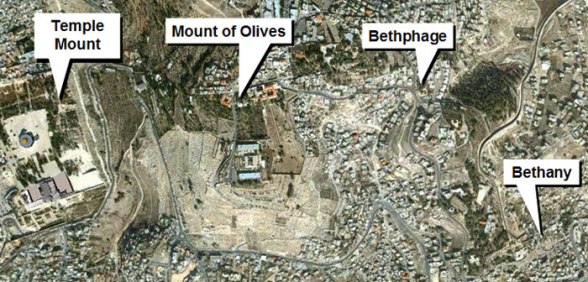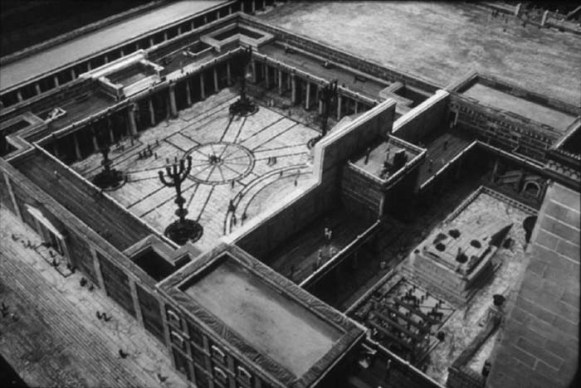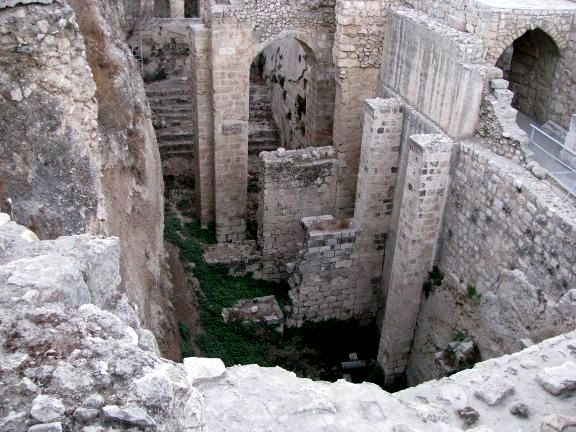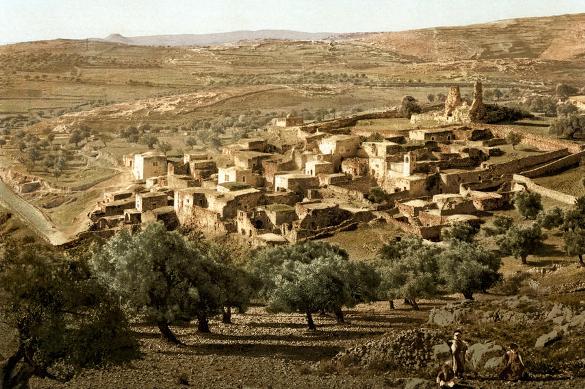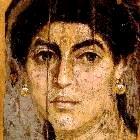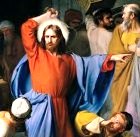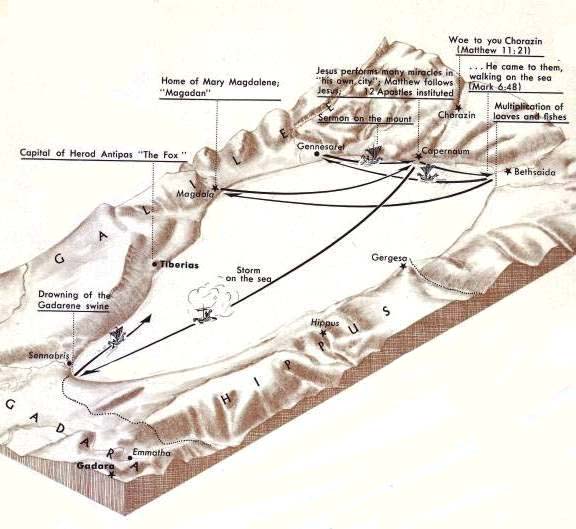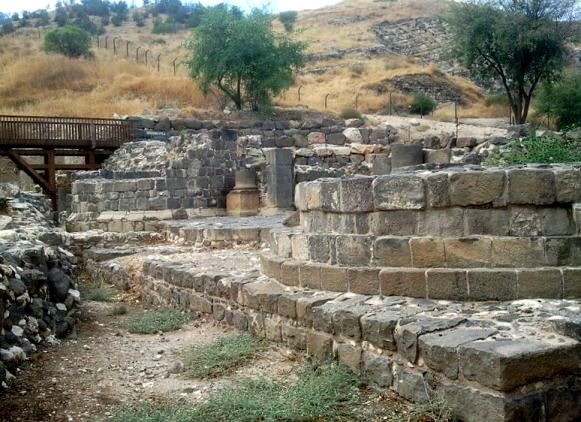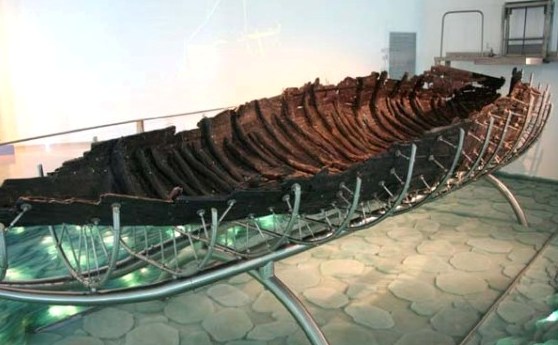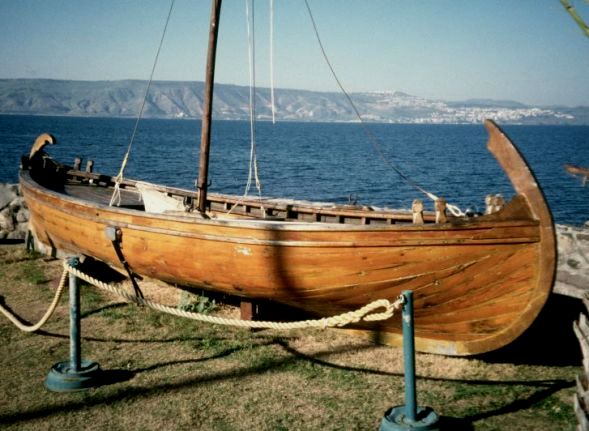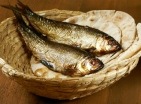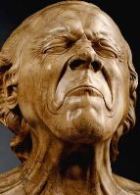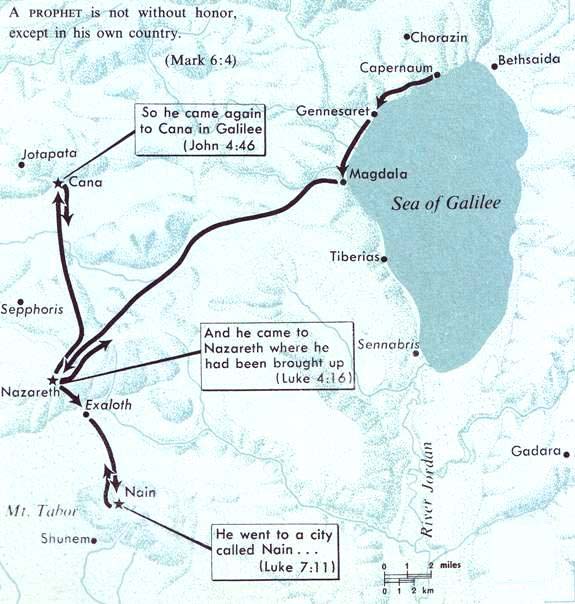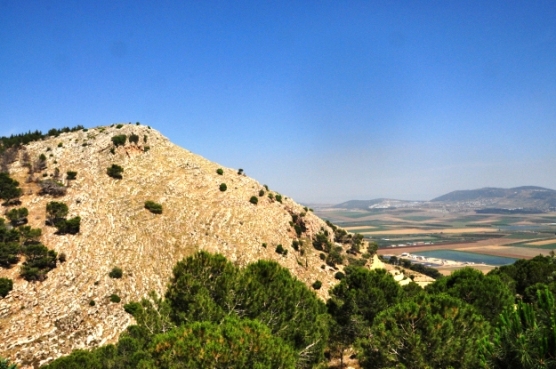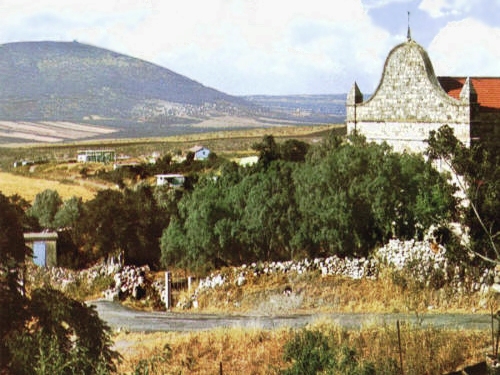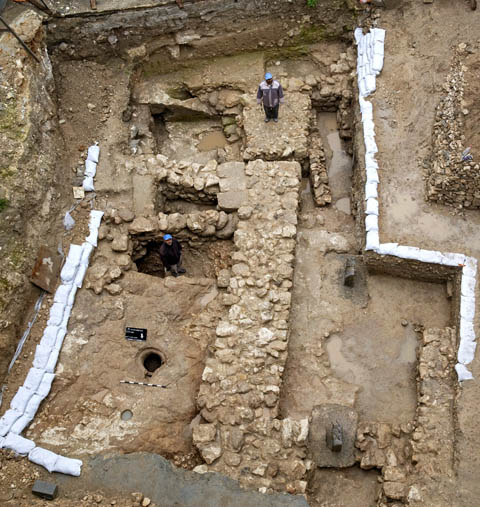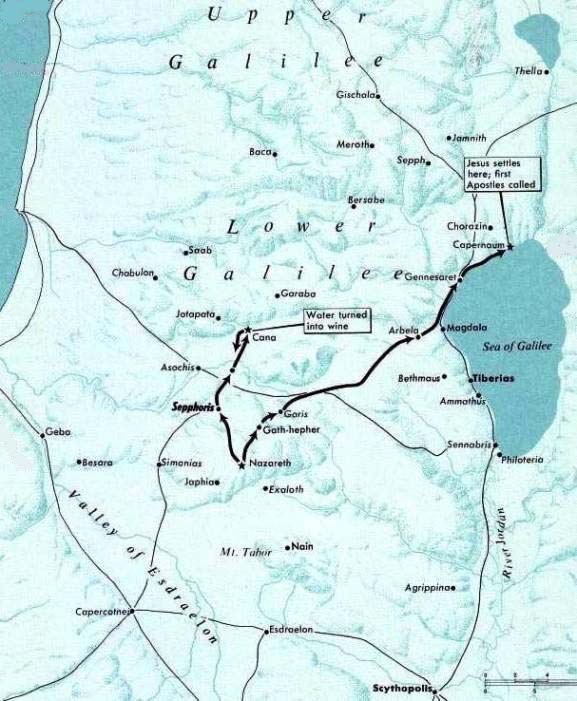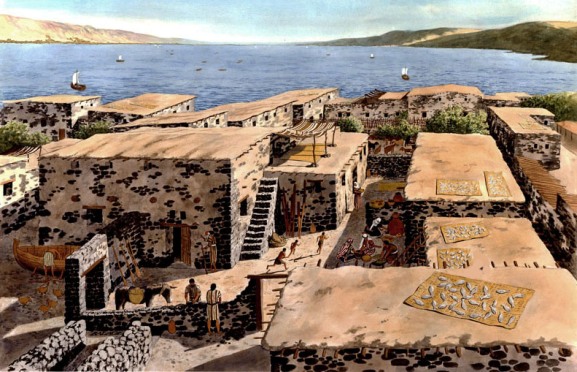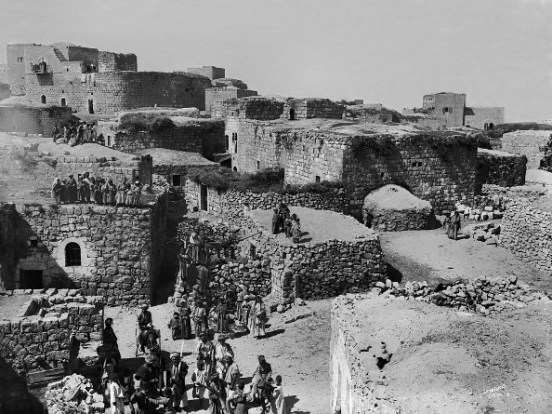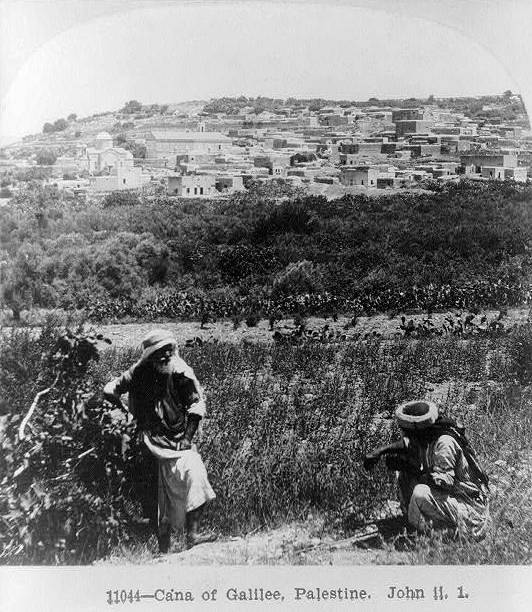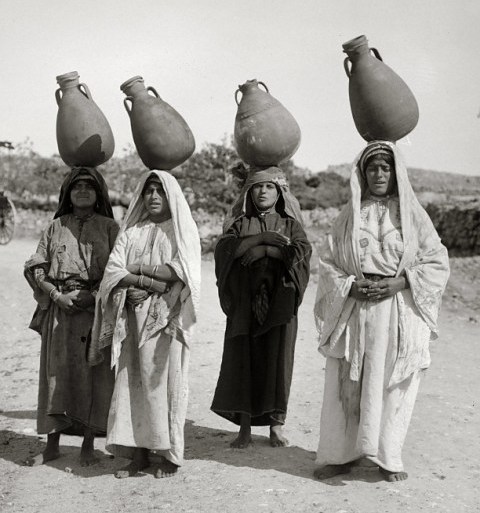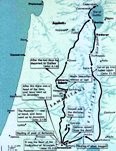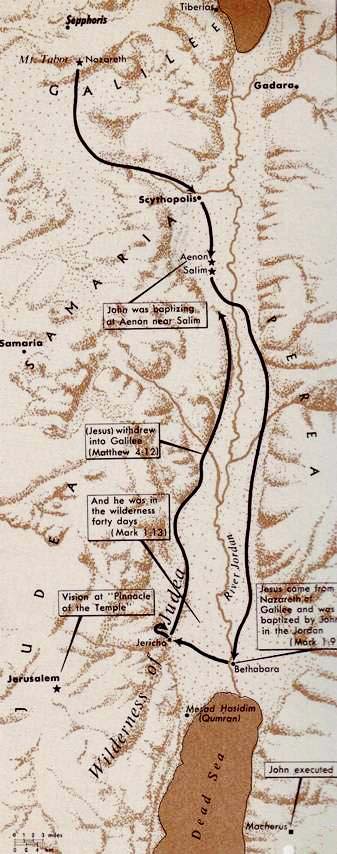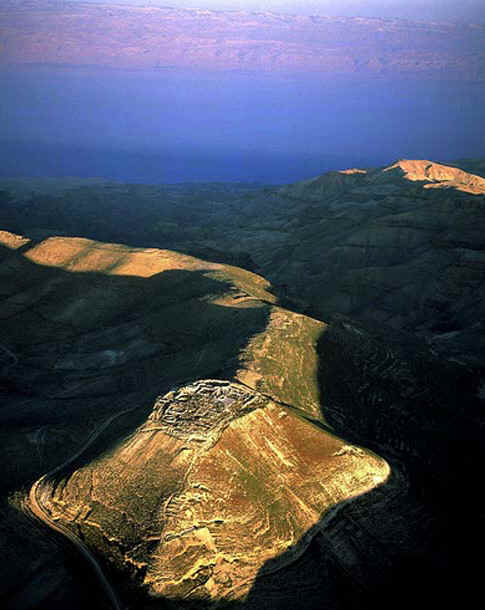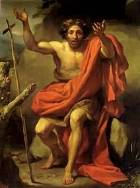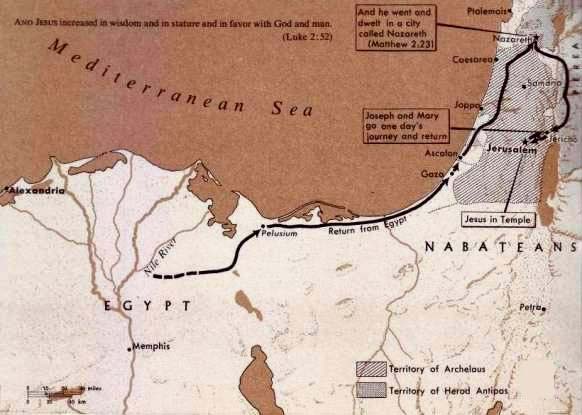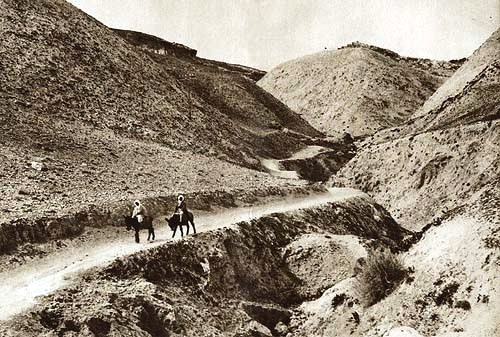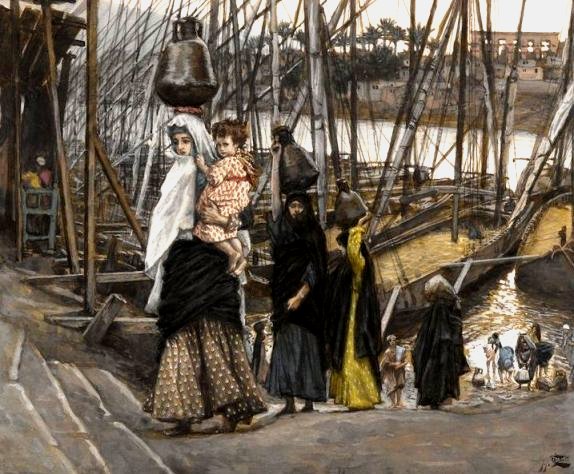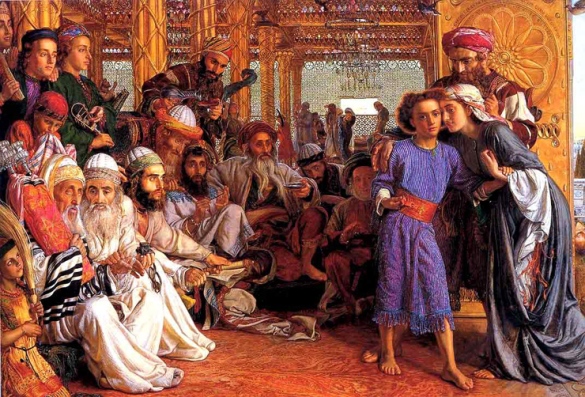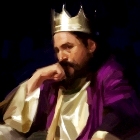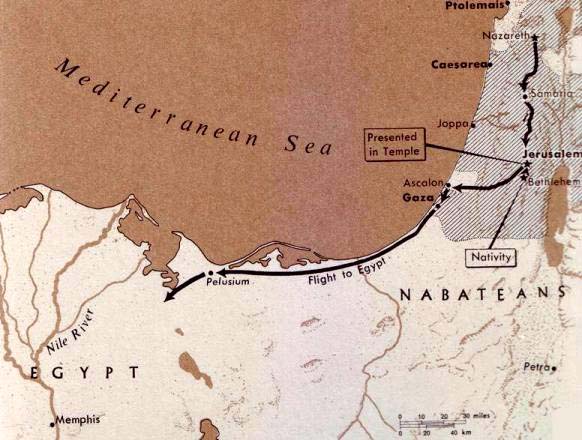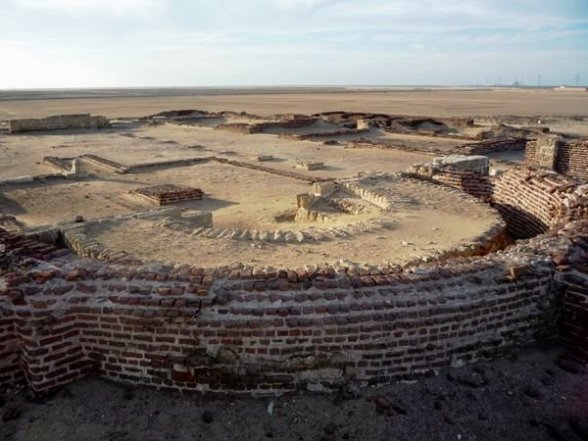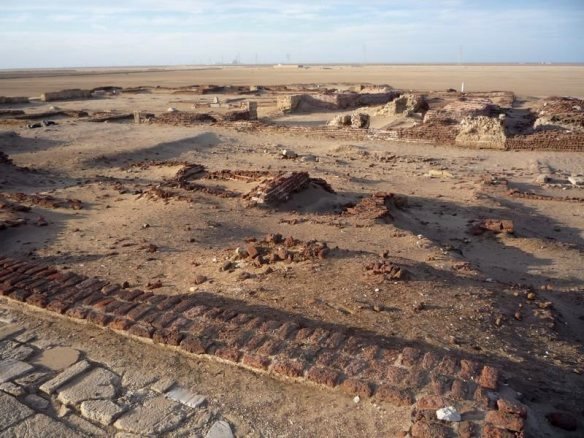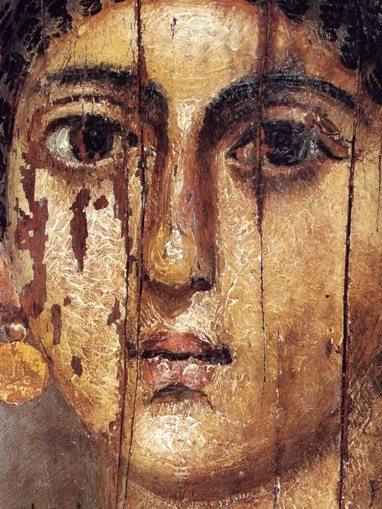food-in-nazareth-readings
What did ancient people eat? – extra info.
“In biblical times the people ate three daily meals, differing noticeably in quantity.
- Breakfast was quite meagre, consisting of only bread or fruit.
- The midday meal was light, composed of bread, grain, olives, and figs. Ruth’s noon meal, for example, was made up of bread dipped into a vinegar-based wine and some parched grain (Ruth 2:14).
- The main meal was eaten in the evening after sunset, following the day’s work, and the whole family participated.
The amount of food served depended upon the economic circumstances of the household.
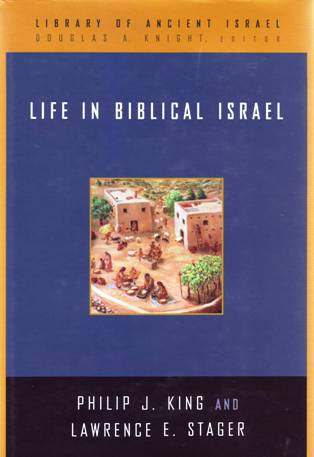 The meal was basically a one-pot stew served in a common bowl and sopped up with bread.
The meal was basically a one-pot stew served in a common bowl and sopped up with bread.
A thick porridge or stew of vegetables, some- times containing meat, is mentioned several times in the Bible. Usually made with lentils or other vegetables, the pottage was seasoned with herbs.
In his deception of Esau to win the birthright, Jacob prepared lentil stew which Esau described as “that red stuff (Genesis 25:29-34). The reference to “red” appears to be a wordplay on the land of Edom (“red”) with which Esau was associated.
Elisha served a similar stew to the company of prophets, which they ate from the pot in which it was boiled (and they were almost poisoned) (2 Kings 4:38-41).
The average family ate meat only on festive occasions. The arrival of prominent guests warranted serving meat, as in the case of the three strangers who visited Abraham and Sarah.
When Saul consulted the medium at Endor, she slaughtered a stall-fed calf and baked unleavened cakes (1 Sam. 28:24-25). The Hebrew marbéq (stall) designates an enclosure where animals were restrained for fattening. Apparently the “prodigal son” of Luke’s Gospel was served the same dish upon his return home (Luke 15:23-27).
Several other biblical texts provide information about the foods the Israelites ate. When David was in flight from Absalom, provisions brought to him at Mahanaim (in Transjordan) consisted of “wheat, barley, meal, parched grain, beans and lentils, honey and curds, sheep, and cheese from the herd” (2 Sam. 17:28-29).”
Life in Biblical Israel, Philip J King & Lawrence E Stager, Westminster John Knox Press, Louisville, 2001, p.67
Condiments and Spices: Spices were always essential, and trade in them with Arabia and the Far East was an important matter. lt has been suggested that before the introduction of pepper (first mentioned in the Mishnah), seeds like coriander (Ex. 16:31), black cummin (ls. 28:25), origanum or the post-Exilic nigella (Hebrew “kezah”; “melanthion” to the Greeks and Romans), played an important part in preparing food and were grown in the country.
Caperberries (Ex. 12:8) were eaten as an appetizer before meals and also used as a condiment. Other herbs were grown, notably mint and rue, which was used mainly for medicinal purposes.
Dried products found in Pompei were common in Palestine, eg pine-nuts, spice, dates, carob-beans, walnuts and persimmon.
Jesus condemned the Pharisaic system of tithing certain spices and herbs (Luke 11:42) while disregarding the essential virtues. Spices, notably mustard seed (Mt. 13:31), are mentioned in the parables.
Salt was particularly important in sacrificial ritual and for ceremonial purposes. It came mainly from the salt pans of the Dead Sea. Because of its function as a food preservative, salt was a symbol of permanence, which may explain the “covenant of salt” (Lv. 2:13: Nu. 18:19; ll Ch. 13:5), meaning an inviolate covenant. established for all time. Thus the salt used in every sacrifice may have come to symbolize God’s irrevocable covenant with Israel.
Pictorial Biblical Encyclopaedia, G. Cornfeld, Macmillan Co., New York, 1964



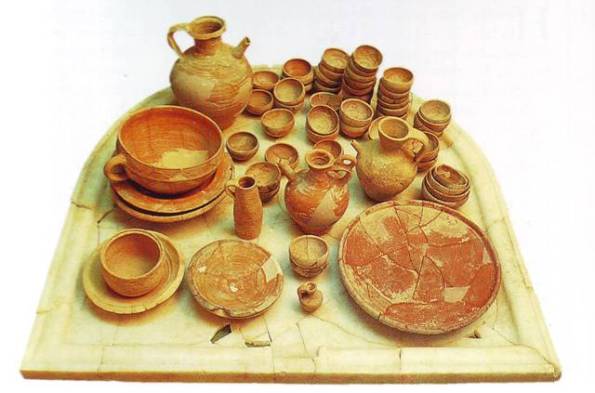
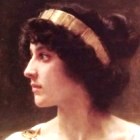

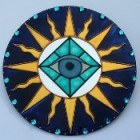
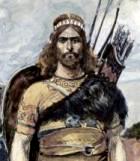
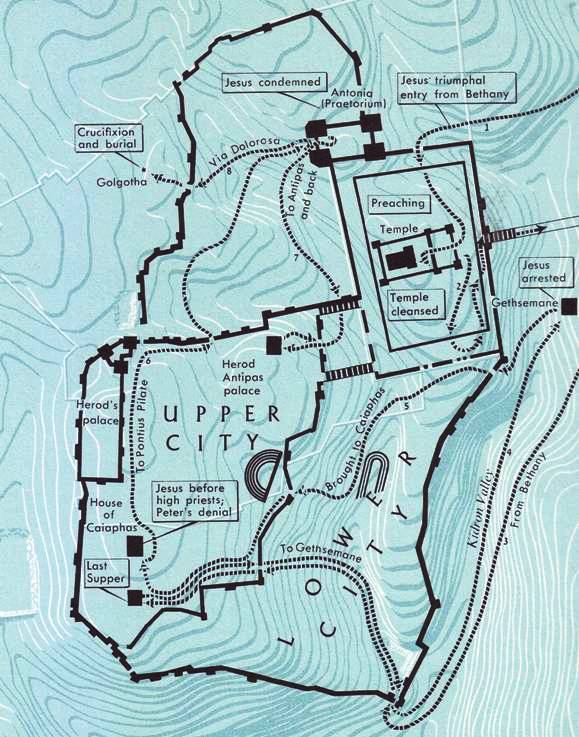
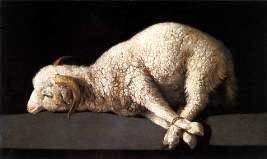 Next day he and his disciples held the Last Supper at a house, the large upper room of which was “furnished and ready“ (Mark l4: l5 and Luke 22:12); we may assume that it took place in the rich Upper City of Jerusalem (3), at the home of one of Jesus‘ followers. This supper has been held to correspond with the Pascal meal and has many allusions to the Jewish Passover ritual.
Next day he and his disciples held the Last Supper at a house, the large upper room of which was “furnished and ready“ (Mark l4: l5 and Luke 22:12); we may assume that it took place in the rich Upper City of Jerusalem (3), at the home of one of Jesus‘ followers. This supper has been held to correspond with the Pascal meal and has many allusions to the Jewish Passover ritual.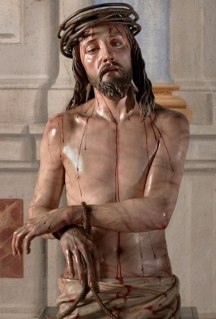 According to the Gospels Jesus was led to the house of the high priest Caiaphas (5). There he was interrogated first by the former high priest Annas and then by an informal tribunal presided over by the high priest himself. It was during these events that Peter, who was waiting outside in the courtyard of the palace, thrice denied Jesus.
According to the Gospels Jesus was led to the house of the high priest Caiaphas (5). There he was interrogated first by the former high priest Annas and then by an informal tribunal presided over by the high priest himself. It was during these events that Peter, who was waiting outside in the courtyard of the palace, thrice denied Jesus.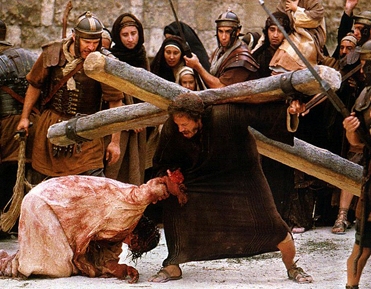
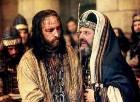
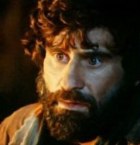
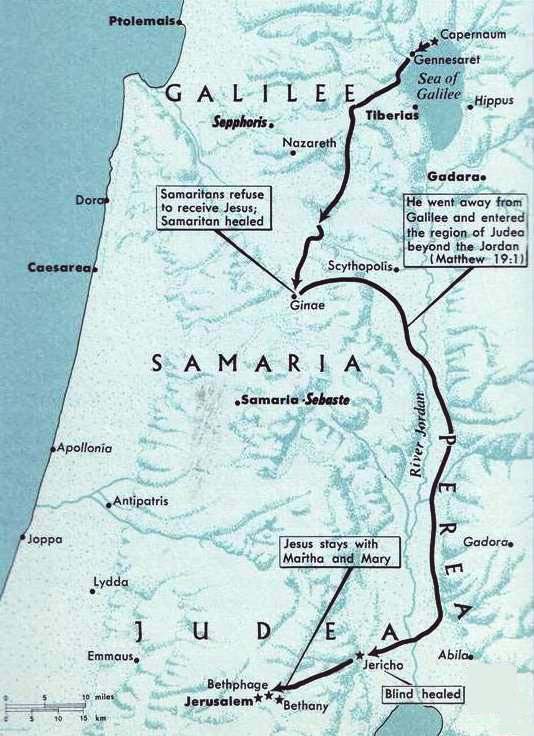
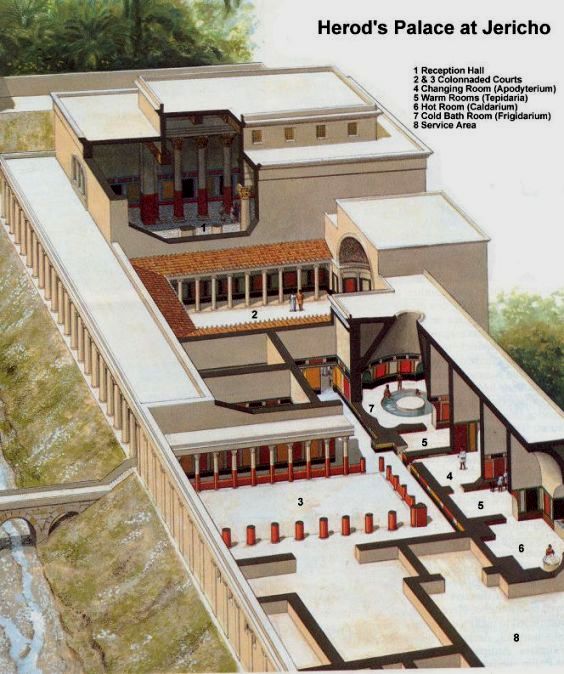
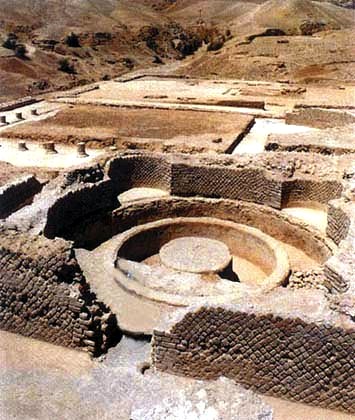
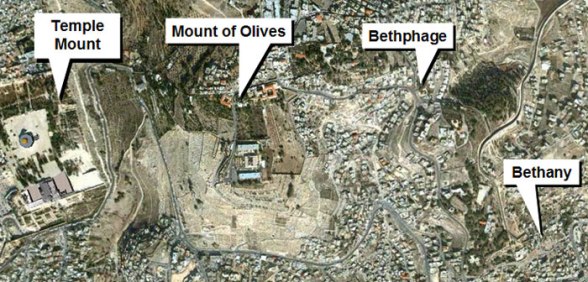
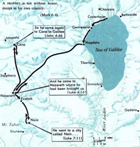
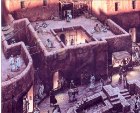
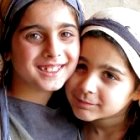
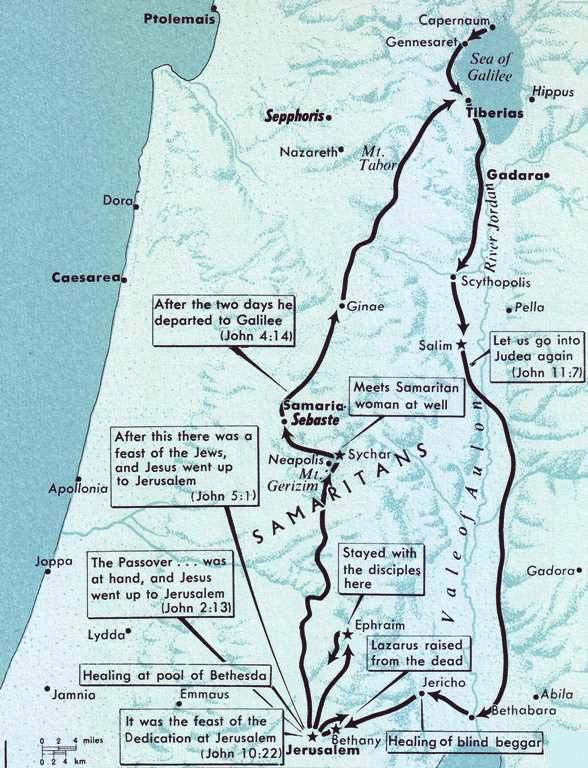
 During this stay Jesus was baptizing in Judea while John was doing the same in the well-watered plain of Aenon, near Salim (John 3:22-24). It was on his return from this ministry in Judea that Jesus passed through Samaria and met the Samaritan woman at the well of Sychar, staying two days with the Samaritans, many of whom believed in him.
During this stay Jesus was baptizing in Judea while John was doing the same in the well-watered plain of Aenon, near Salim (John 3:22-24). It was on his return from this ministry in Judea that Jesus passed through Samaria and met the Samaritan woman at the well of Sychar, staying two days with the Samaritans, many of whom believed in him.